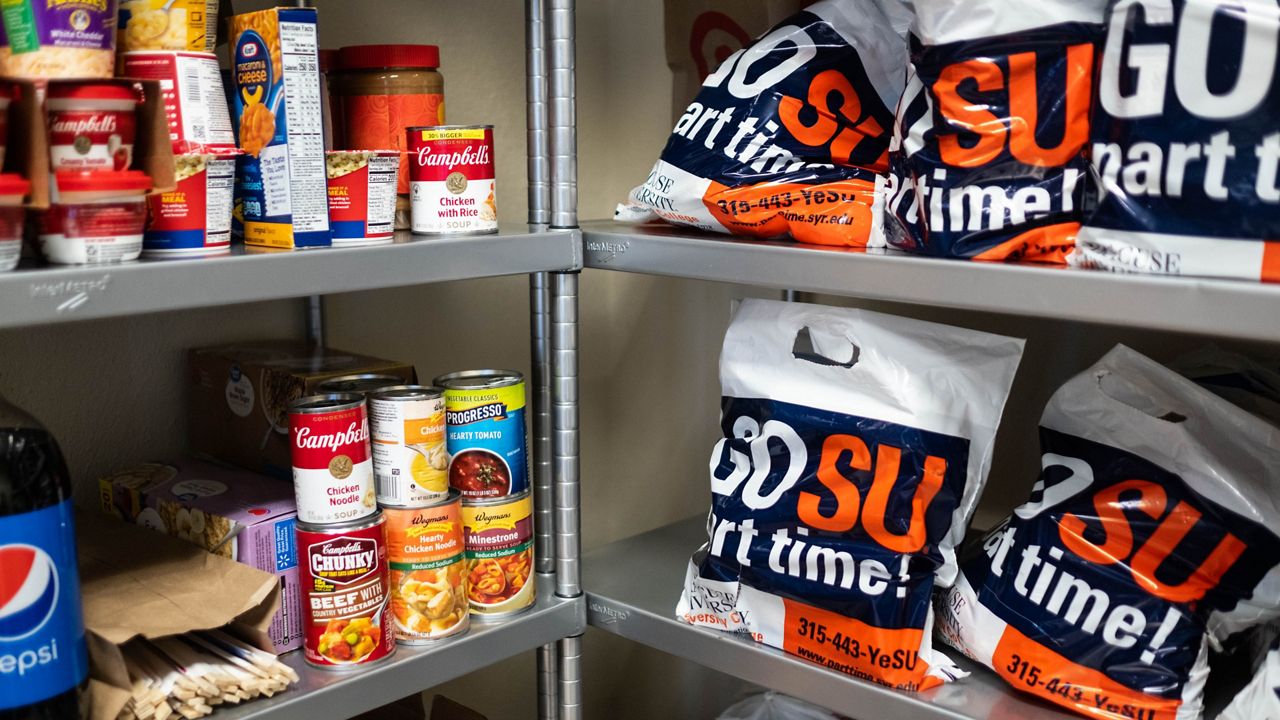College is a place where teens are supposed to be learning, meeting new people and trying new things. However, for some college students, food insecurity may be limiting their experience.
According to a Frontiers in Public Health study published earlier this year, 41% of college students struggle with food insecurity.
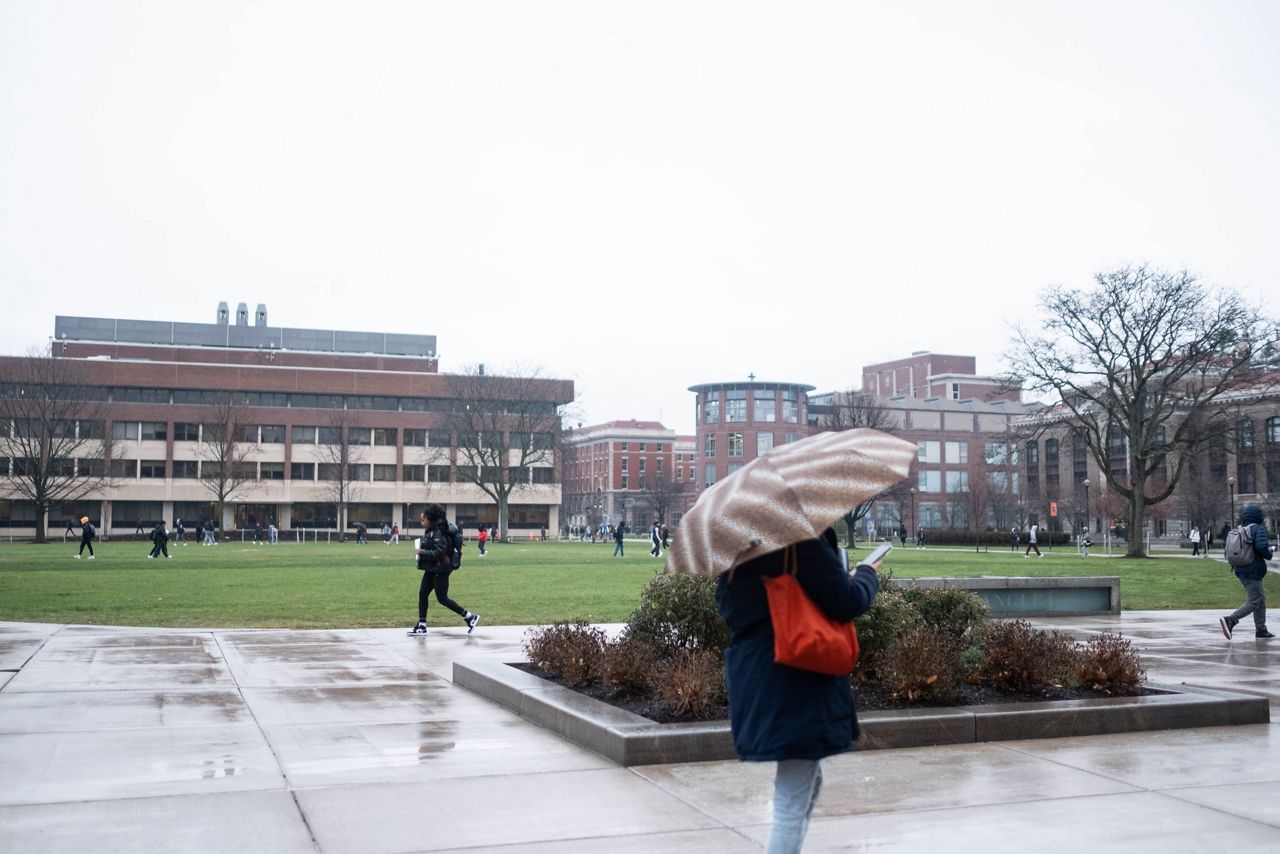
To combat this issue, Syracuse University has two food pantries available to students. Kaleya Scott, engagement coordinator for Hendricks Chapel, said they want all students to feel comfortable coming to the pantry.
“If you think of the food pantry, sometimes you think of people who are in poverty or who are low income, but the food pantry is so we can level the playing field for every student,” Scott said. “It’s not about, do you have money to get what you need, but if you’re choosing between paying for your next meal and enjoying time with your friends, the food pantry is there so that you can do both.”
The two food pantries on campus are in Hendricks Chapel and on South Campus. Pete’s Giving Garden, which is also located on South Campus, grows produce that is given to the food pantries.
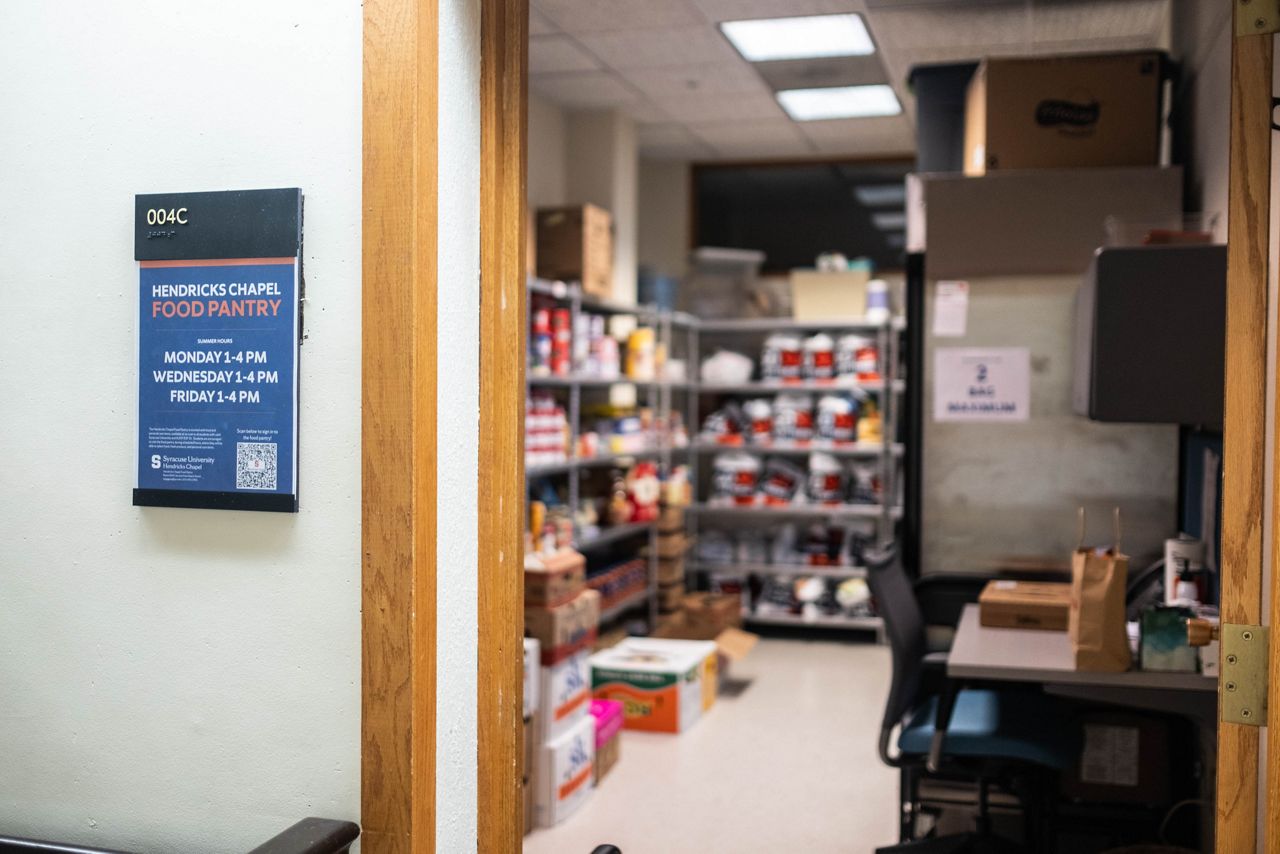
Scott estimates that the number of students who use the pantry has doubled in the past year partly because of increased food prices, but also from increased awareness about the pantry.
“We see a large population of grad students, but that doesn't mean that doesn't apply to undergrad student as well,” Scott said. “Students who are coming in from another country, and then moving into the dorms, especially freshman, they don’t have the ability to cook in the dorms.”
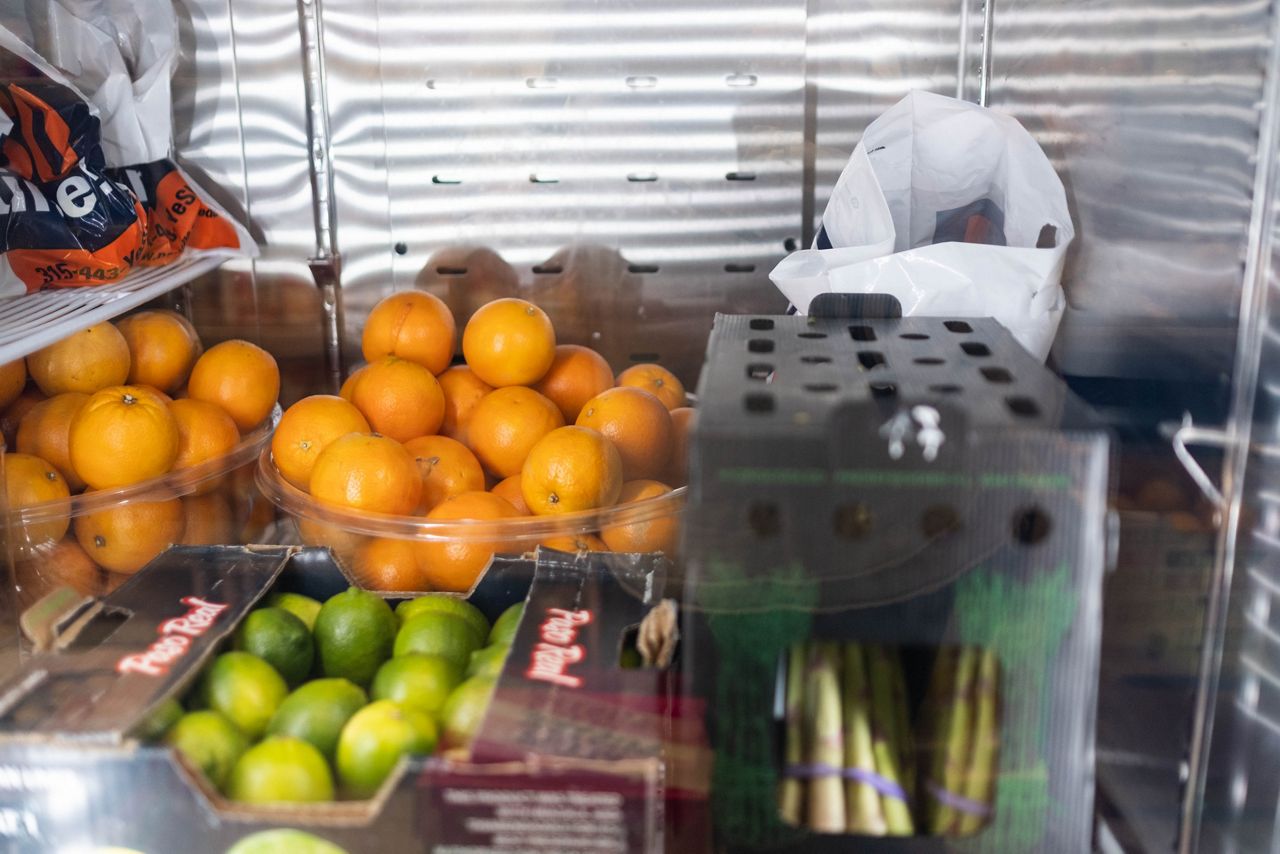
According to Syracuse University’s website, resident students are required to have a meal plan, but the plans vary, and Scott says some students may have chosen the least expensive one, or they overspend their allotted meals therefore resulting in having to supplement their food supply with the pantry.
The pantry is mainly run by volunteers including students, including sophomore Ainsley Rodio.
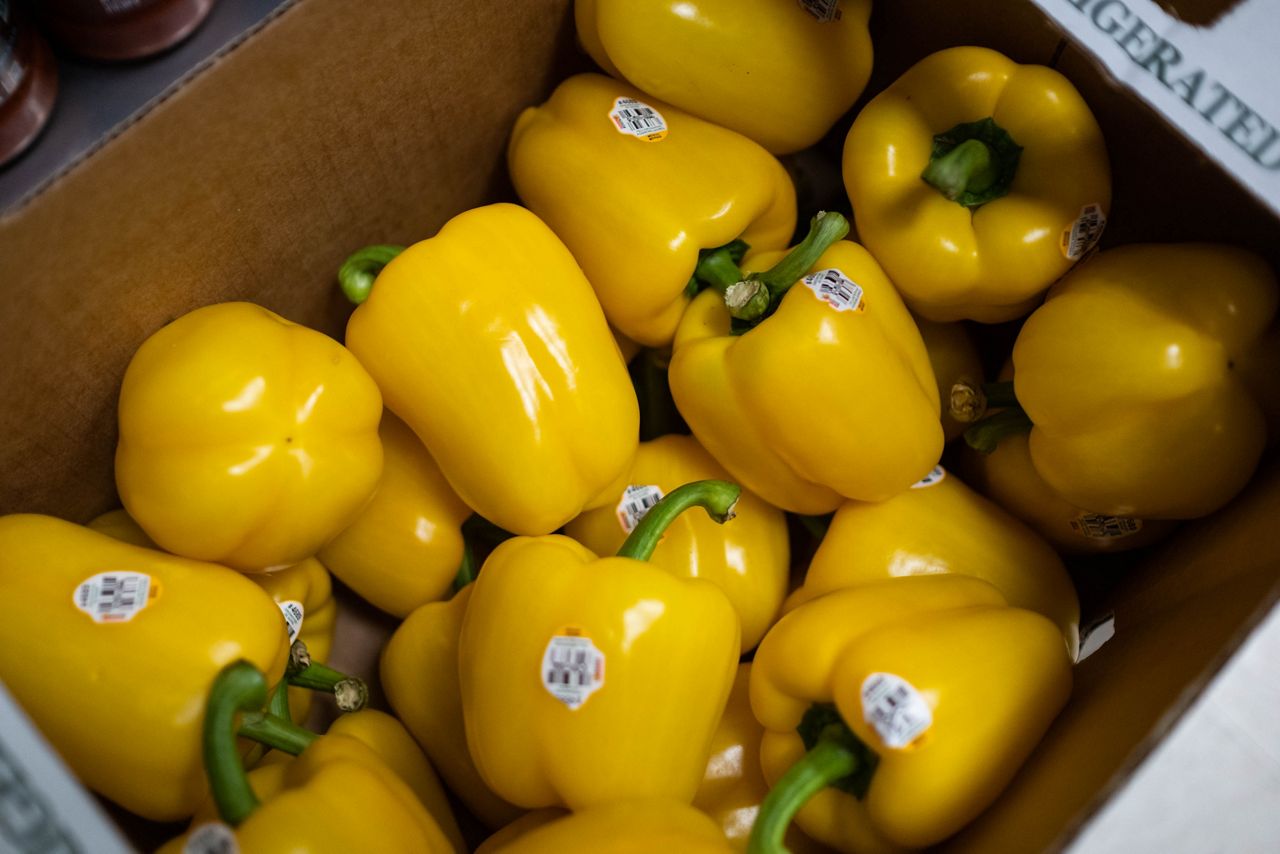
Rodio said the pantry offers stress relief for hungry students.
“They feel like someone cares about them and wants to help,” she said.
To reduce the stigma that is often associated with going to a food pantry, Rodio has tried to talk with her peers about it more frequently.
“I do talk to my friends to make it more well-known because it’s a really good resource on campus,” she said. “I’ve been telling people about it more often to normalize it.”





